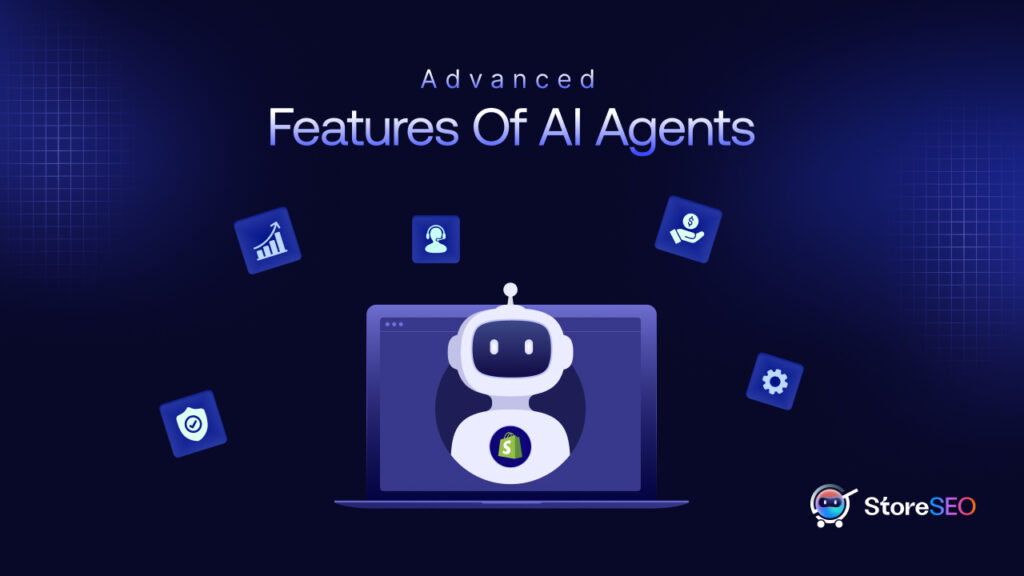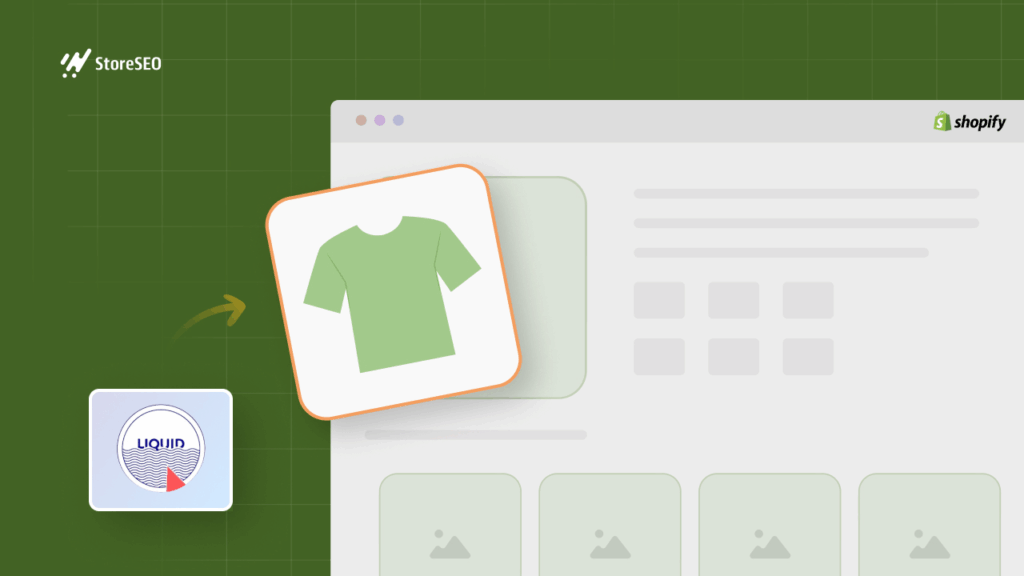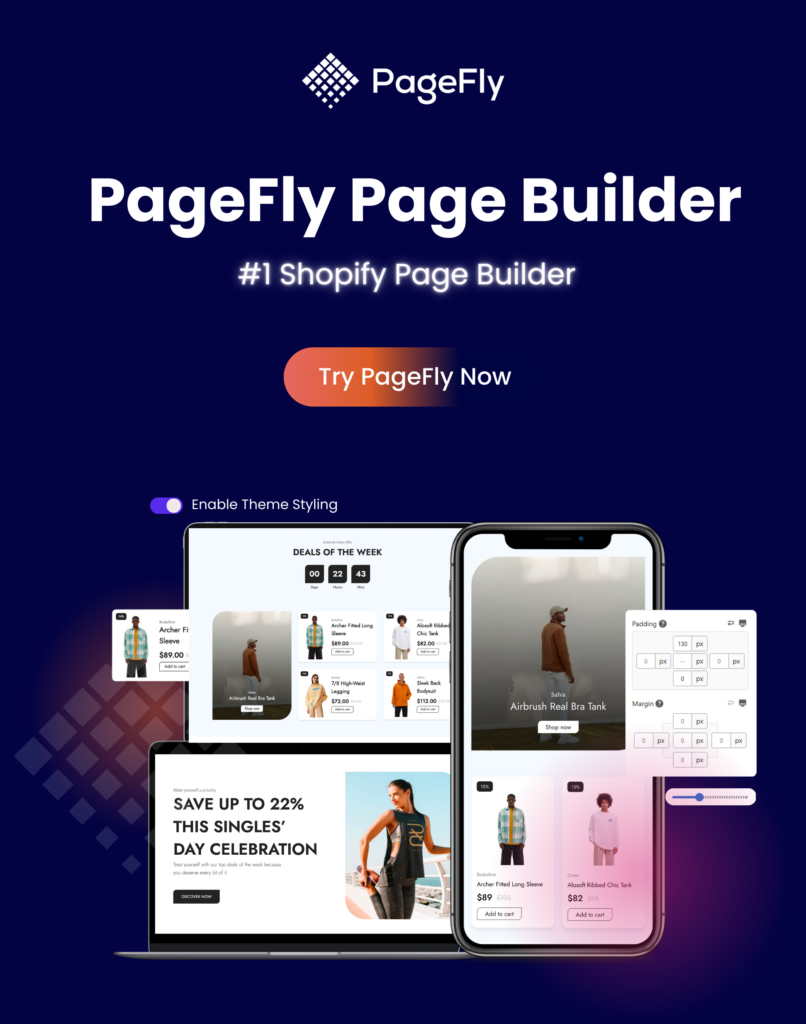LLM-powered SEO compared to traditional SEO is different in the sense that, instead of focusing solely on keywords, it emphasizes understanding user intent, context, and delivering valuable, conversational content. While traditional SEO optimizes for search engines, LLM-powered SEO focuses on how AI models like ChatGPT and Google Gemini interpret and present information to users. Knowing this change is important for anyone looking to stay ahead in their SEO strategies. In this blog, we will break down how does LLM-powered SEO differs from traditional SEO. So, these differences and guide you on adapting your SEO strategy for the future accordingly.

What Is Traditional SEO?
Before going into the details of how LLM-powered SEO differs from traditional SEO, let us get through the foundations first. Traditional SEO is the foundation upon which most websites have built their search engine optimization strategies. At its core, traditional SEO is about optimizing web pages so that search engines like Google can easily find, understand, and rank them. This means choosing the right keywords, crafting meta tags, building backlinks, and ensuring your site runs smoothly.
The main goal has always been simple: get your page to rank as high as possible on the search engine results page (SERP) for specific keywords. To do this, SEO professionals would research keywords, sprinkle them throughout their content, and make sure their websites were technically sound. While this approach has worked for years, it has some limitations. It often leads to repetitive content and sometimes misses the deeper intent behind a user’s search.
What Is LLM-Powered SEO?
LLM-powered SEO is the next step in the evolution of search optimization. Instead of focusing only on keywords and technical tweaks, this approach leverages the power of artificial intelligence-specifically, Large Language Models. These models can understand context, intent, and the nuances of human language in ways that traditional search algorithms never could.
With LLMs, search engines and AI assistants can answer complex questions, summarize content, and even generate their responses using information they find online. This means your content needs to be not only keyword-rich but also contextually relevant and comprehensive. The goal is to create content that LLMs will reference, cite, or use as a source when answering user queries. In short, LLM-powered SEO is about optimizing for both humans and machines that understand language at a much deeper level.
Core Differences: LLM-Powered SEO vs. Traditional SEO
Let us break down the key differences in detail, so you can see where things are heading and how your strategies might need to adapt with alignment on how LLM-powered SEO differs from traditional SEO.
Focus and Optimization Target
Traditional SEO is all about ranking your website higher on search engine results pages (SERPs) like Google. The aim is to get users to click through to your site by optimizing for keywords, building backlinks, and ensuring your site is technically sound.
LLM-powered SEO (sometimes called LLM Optimization or LLMO) shifts the focus. Here, the goal is to make sure your brand or content is cited as an authoritative source in AI-generated responses. Instead of just climbing the rankings, you want to be the answer that an AI model like ChatGPT or Perplexity AI gives when someone asks a question.
Keywords vs. Intent and Context
Traditional SEO relies heavily on specific keywords. You research what people are searching for, then weave those keywords into your content, meta tags, and headers. With LLMs, users interact differently- they ask full questions or use conversational phrases. LLM-powered SEO means optimizing for topics, entities, and user intent, not just exact keyword matches. You need to think about how people naturally phrase questions and how an AI might interpret them.
Content Structure and Creation
LLM-powered SEO differs from traditional SEO on content end in a great deal. In traditional SEO, content is structured for scanability-short paragraphs, bullet points, and clear headings-so both users and search engine crawlers can quickly understand it. LLM-powered SEO values comprehensive, conversational, and context-rich content. The content needs to be detailed enough for an AI to extract accurate information and present it confidently in its responses. LLMs also enable rapid generation and updating of content, making it easier to keep information fresh and relevant.
Authority and Trust Signals
Traditional SEO rewards backlinks from authoritative sites, technical optimization, and signals like E-E-A-T (Experience, Expertise, Authority, Trustworthiness). LLM-powered SEO still values authority, but it is more about comprehensive topic coverage, brand recognition, and being cited as a trustworthy source in the datasets that train these models. Your content needs to be recognized as reliable and thorough, so the AI feels comfortable referencing it.
User Experience and Personalization
Traditional SEO measures user experience with metrics like bounce rate, time on page, and click-through rates. LLM-powered SEO focuses on the quality and satisfaction of the information provided. LLMs can personalize content recommendations based on user behavior and preferences, delivering more relevant answers and improving engagement.
Automation and Scalability
LLM-powered SEO differs from traditional SEO in this aspect mostly. Traditional SEO involves a lot of manual work-researching keywords, building links, and creating content. LLM-powered SEO leverages AI to automate tasks like keyword research, content generation, and even technical audits. This makes it much easier to scale your efforts and keep up with changes in search trends or algorithms.
Measurement and Tools
Traditional SEO uses tools like Google Analytics, Search Console, and rank trackers to measure success. LLM-powered SEO requires new brand mention trackers, LLM visibility platforms, and systems that monitor how often your content is cited or referenced by AI models.
Comparison Table: LLM-Powered SEO Differs From Traditional SEO
| Aspect | Traditional SEO | LLM-Powered SEO |
| Primary Goal | Rank higher on SERPs | Be cited in AI-generated responses |
| Success Metrics | Rankings, CTR, backlinks | Brand mentions, citation accuracy, AI referrals |
| Keyword-Strategie | Exact-match, high-volume keywords | Topic clusters, intent, conversational queries |
| Content Structure | Scanable, keyword-focused | Comprehensive, conversational, context-rich |
| Authority Signals | Backlinks, E-A-T, technical SEO | Brand recognition, topic coverage, trust signals |
| User Experience | Bounce rate, time on page, engagement | Information quality, user satisfaction |
| Automation | Mostly manual processes | Highly automated with AI tools |
| Skalierbarkeit | Time-intensive, needs more resources to scale | Easily scalable via automation |
| Measurement Tools | Analytics, rank trackers | LLM visibility, brand mention trackers |
Practical Steps to Transition From Traditional SEO to LLM-Powered SEO
Once you are clear about how LLM-powered SEO differs from traditional SEO, it is time to shift, right? Transitioning from traditional SEO to LLM-powered SEO involves adapting your strategies to align with how Large Language Models (LLMs) process and prioritize content.
Understanding the Shift: From Keywords to Conversations
The move from traditional SEO to LLM-powered SEO, often called LLM Optimization (LLMO) or Language Experience Optimization (LEO), marks a fundamental change in how search visibility is achieved. Traditional SEO has long relied on keyword targeting, backlinks, and optimizing for search engine algorithms that generate ranked lists of results. In contrast, LLM-powered SEO focuses on optimizing for large language models that deliver direct, conversational answers to user queries, often bypassing the classic search results page entirely. This means your content must be structured and written to be selected as the definitive answer by AI-driven systems.
Writing Like a Human: Prioritizing Natural, Conversational Content
One of the first practical steps is to shift your content creation mindset. Instead of forcing awkward keyword placements or over-optimizing for search engines, focus on writing naturally and conversationally. Imagine you are explaining a topic to a friend, aiming for clarity and genuine value rather than keyword density. Large language models reward content that flows like a real conversation and directly addresses user questions. This approach not only improves your chances of being selected as an authoritative answer but also enhances user experience.
Personalizing the User Experience with Data and Intent
LLM-powered SEO requires a deeper understanding of your audience. Use analytics and intent signals to anticipate user needs, preferences, and pain points. Tailor your content, calls to action, and even the user journey to reflect these insights. This might involve segmenting your content for different user personas or dynamically adjusting messaging based on user behavior. The goal is to make each visitor feel that your content speaks directly to them, which increases engagement and the likelihood of your content being chosen by LLMs.
Expanding Metrics Beyond Rankings
While traditional SEO often focuses on click-through rates and bounce rates, LLM-SEO demands new metrics. Track dwell time, scroll depth, sentiment, and conversational engagement to gauge how users interact with your content. These metrics provide a richer picture of user satisfaction and signal to AI systems that your content is genuinely valuable and relevant.
Integrating Conversational AI and Interactive Elements
Consider adding chatbots, smart FAQs, or virtual assistants to your website. These tools not only enrich the user journey by providing immediate answers but also generate valuable data about user questions and behavior. This feedback loop can inform your content strategy and help you continually refine your approach for LLM optimization.
Using AI Tools for Content and Technical Optimization
Begin integrating AI-powered tools into your workflow. Use platforms like Jasper, Frase.io, or ChatGPT for content ideation and optimization, and tools like Surfer SEO or Semrush AI for advanced keyword and topic research. Automate technical SEO audits with solutions such as Google Search Console or Screaming Frog to ensure your site remains technically sound while you focus on strategic content improvements.
Structuring Content for LLM Extraction
Review your existing content and restructure it for clarity and semantic depth. Use clear headings, short and focused paragraphs, and explicit topic sentences. Implement schema markup, especially for FAQs and how-to content, to make it easier for LLMs to extract and understand your information. Present key facts in ways that are easy for AI to parse, such as bulleted lists or comparison tables, and ensure your HTML is clean and semantically organized.
Automating Repetitive SEO Tasks
Take advantage of LLMs to automate time-consuming tasks like competitive research, search intent analysis, and link-building outreach. LLMs can analyze competitor content, identify content gaps, generate unique titles, and even personalize outreach emails by referencing a recipient’s recent work. This frees up your team to focus on high-impact strategy and creative work.
Gradual Integration and Continuous Learning
You do not need to abandon traditional SEO practices overnight. Start by gradually integrating AI tools and LLM-focused strategies while maintaining proven methods that still deliver results. Monitor performance with advanced analytics and be prepared to iterate as you learn what works best for your audience and industry.
Why It Matters for Your Business and What You Should Do Differently
Understanding the shift and how LLM-powered SEO differs from traditional SEO is not just a technical detail- it is a game-changer for your business. The way people search for information is evolving rapidly, and so are the tools that deliver those answers. If you want your business to stay visible and relevant, you need to adapt your approach to match how large language models (LLMs) like ChatGPT and Google Gemini understand and present information.
So, why does this matter so much? First, search engines are no longer the only gatekeepers of information. LLMs are now answering questions directly, often without sending users to a website at all. This means that if your content is not crafted in a way that these AI models can easily understand, extract, and trust, you risk missing out on a huge share of potential customers.
Second, the competition is no longer just about who can rank highest for a keyword. It is about who can provide the most comprehensive, authoritative, and conversational answers to real user questions. People are searching in more natural, question-based ways, and LLMs are designed to reward content that matches this style.
What should you do differently to keep up? Start by focusing on the needs and language of your audience. Write content that answers full questions, not just short keyword phrases. Make sure your articles are thorough, covering related subtopics and providing clear, well-structured information. Think about what someone really wants to know, not just what words they might type into a search bar.
Building your brand’s authority is more important than ever. LLMs are more likely to reference and trust sources that are recognized as experts in their field. This means investing in quality content, earning mentions from other reputable sites, and consistently demonstrating your expertise.
Finally, do not rely solely on traditional SEO tools. Use resources that help you understand how people are interacting with AI models and what kinds of questions they are asking. Monitor how your content is being cited or referenced in AI-generated answers, and adjust your strategy to fill in any gaps.
Future Trend Is Heading Where LLM SEO Is Heading
The shift from traditional SEO to LLM-powered SEO is not just a trend- it is a fundamental change in how search works. By understanding the differences and embracing a semantic, user-focused approach, you can ensure your content stands out in both search engine results and AI-generated answers. Start auditing, restructuring, and optimizing your content today to secure your place in the future of search.
Fanden Sie unseren Blog nützlich? Wenn ja, dann bitte Abonnieren Sie unseren Blog für weitere Tutorials, Anleitungen, Neuigkeiten und Updates.
FAQ About How LLM-Powered SEO Differ From Traditional SEO
What is the biggest mistake to avoid when shifting to LLM SEO?
The biggest mistake is focusing solely on keywords and ignoring context. Make sure your content addresses the full scope of your topic and user intent.
How do I know if my content is being cited by LLMs?
Quillbot, Grammarly, etc. can track AI citations and brand mentions. Keep an eye on your analytics and look for increases in referral traffic from AI-driven platforms.
Are backlinks still important in LLM-powered SEO?
Yes, backlinks still matter, but they are just one piece of the puzzle. Topical authority, E-E-A-T, and semantic coverage are equally important.
How often should I update my content for LLM optimization?
Regular updates help keep your content fresh and relevant. Review your main topics at least quarterly to ensure comprehensive coverage and accuracy.








